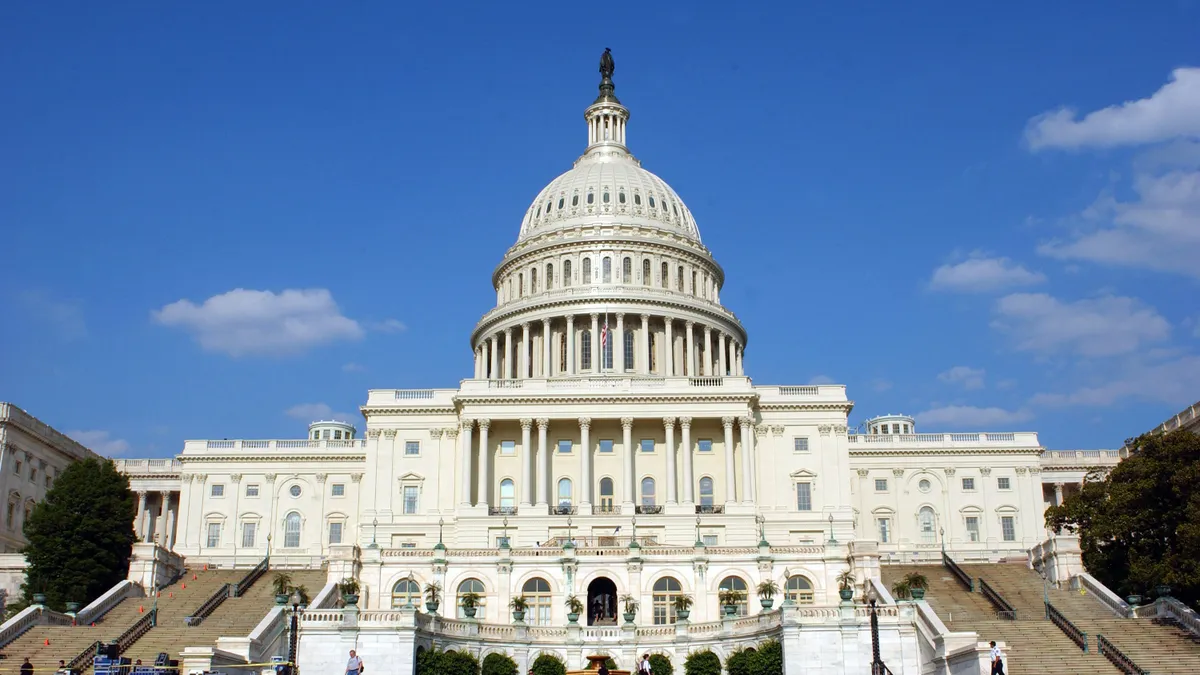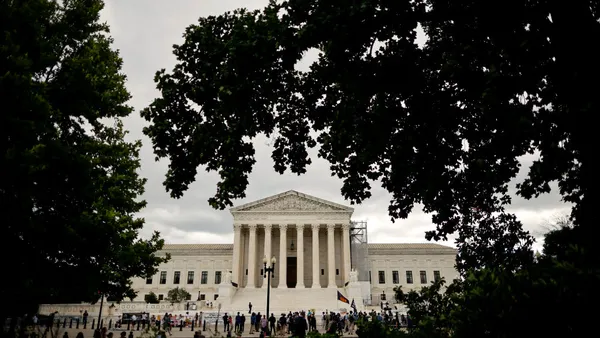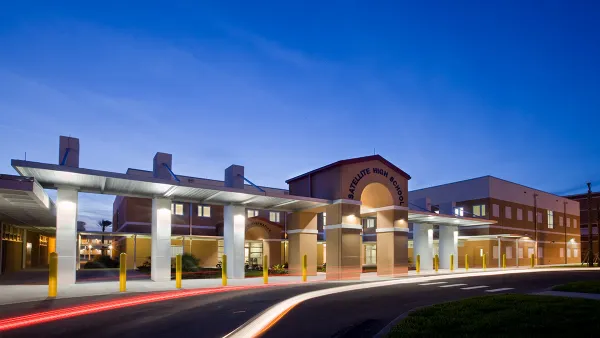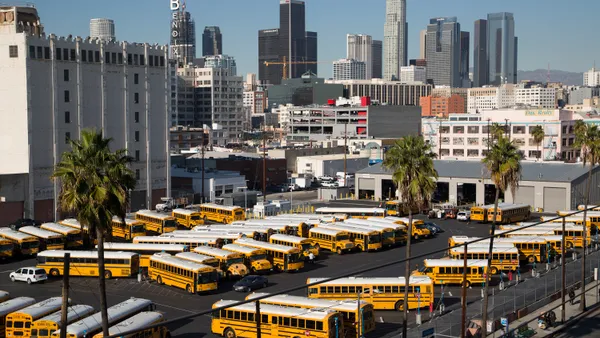Dive Brief:
-
Some 19 million children are being left with no federal tax credit or only a partial one after the expiration of a pandemic-era policy expansion of the program aimed at lifting children out of poverty, according to an analysis released Wednesday by the Center on Budget and Policy Priorities.
-
The research and policy think tank found historically marginalized children to be disproportionately impacted by the current policy, with 46% of Black children, 39% of American Indian or Alaska Native and 37% of Latino qualifying for only part of the full $2,000 credit or no credit at all because their families earn too little to qualify.
-
Focusing on these children would help bring those families above or at least closer to the poverty line, per the analysis. It also found that a bipartisan proposal pending in Congress would raise as many as 400,000 children above the poverty line and improve the financial standing of 3 million children.
Dive Insight:
When the American Rescue Plan passed in March 2021, providing an unprecedented influx of federal aid funding to schools, it also temporarily increased the child tax credit's monthly payments to families.
The expansion also made families with the lowest or no incomes eligible, a change from before when families who earned less than $2,500 didn't qualify. With that expansion's expiration at the end of 2021, the program has reverted to the $2,500 income floor. Single-parent families can get partial tax credits if they make between $2,500 and $30,000.
The ARP expansion of the child tax credit lifted 5.3 million people — including 2.9 million children — out of poverty in 2021 and helped spur a 46% decline in poverty from the year before, according to 2022 U.S. Census Bureau data.
The program also helped lower food insecurity among low-income families with children, Columbia University's Center on Poverty and Social Policy found.
In addition, the temporary expansion led to more low-income families using tax credit dollars to fund education-related expenses like books and other supplies, tuition, after-school programs, tutoring services and transportation to school, according to a 2021 CBPP analysis.
In absence of the expanded Child Tax Credit, working-age adults living with children were more likely than those not living with children to report food, housing and other types of hardships — even though they also had higher employment rates, according to an Urban Institute study released Jan. 10.
Exposure to such challenges can lead to long-term negative impacts on education, health and employment outcomes, studies have shown.
"Children living in poverty start school less prepared to succeed and experience reduced academic achievement and skill development," said Elaine Maag, senior fellow at Urban-Brookings Tax Policy Center at the Urban Institute, in an October 2023 statement to the House Ways and Means Subcommittee on Work and Welfare.
Many educators, advocates and Democratic lawmakers have pushed for the credit's revival. However, Republicans have opposed the move and expressed concerns that it would steer some recipients away from employment.
As such, the initiative became part of multiple failed negotiations, including President Joe Biden's Build Back Better Framework.
In 2023, for example, another Democrat-led proposal would have restored a fully refundable child tax credit to millions of families.
The more recent — and notably bipartisan — reported child tax credit proposal would be smaller than the ARP expansion. However, it would still benefit about 80% of the 19 million children who are currently left out entirely or only get a small share of the credit, said Sharon Parrott, president of CBPP, in a statement on Thursday.
However, the deal is still reportedly underway with some terms still in flux.














